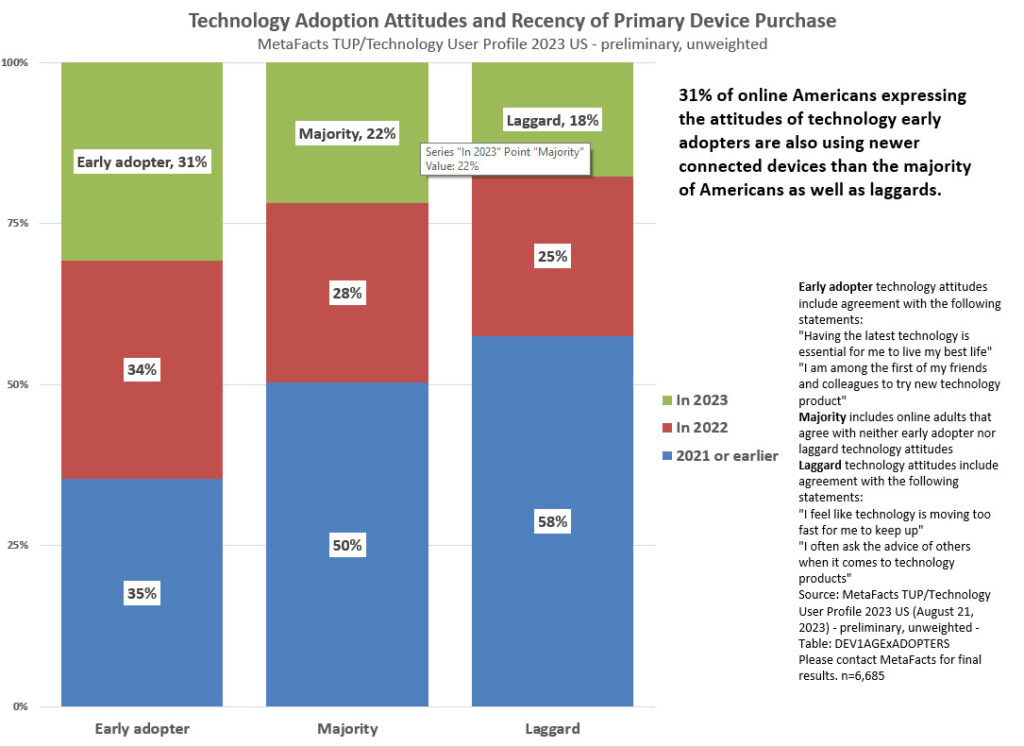The global landscape has witnessed significant shifts in consumer purchasing behavior due to the impact of the pandemic and broader economic changes. This transformation extends to the acquisition of tech products such as smartphones, computers, tablets, and game consoles. With the rapid transition to remote work, many individuals proactively invested in personal computing devices to enhance their productivity, rather than relying on their employers for equipment provision.
Conversely, individuals facing reduced working hours or economic uncertainty opted to postpone their tech purchases. On a global scale, the mean age of a technology user’s primary device has exhibited relative stability, averaging at 2.1 years old over the past five years. However, a closer examination reveals notable variations across different countries.
The affluent and highly educated among China’s population has consistently maintained access to the latest tech devices. Nevertheless, a recent delay in 2023 has cast uncertainty on their leading position, potentially aligning them with the global average in the near future. In contrast, consumers in the UK, who initially deferred tech device purchases, have demonstrated a two-year consecutive uptick in acquisitions. Consequently, their average device age now ranks second among surveyed countries.
Meanwhile, online adults in Germany and Japan have displayed a penchant for holding onto their primary devices longer compared to their international counterparts. These nuanced trends offer valuable insights for technology marketers, researchers, analysts, and industry professionals seeking to navigate evolving consumer preferences and market dynamics. Report [TUP_doc_2023_0824_year] in TUP Lenses: Devices; PCs; Mobile Phones; Tablets
This content is for subscribers only.
Login Join Now



